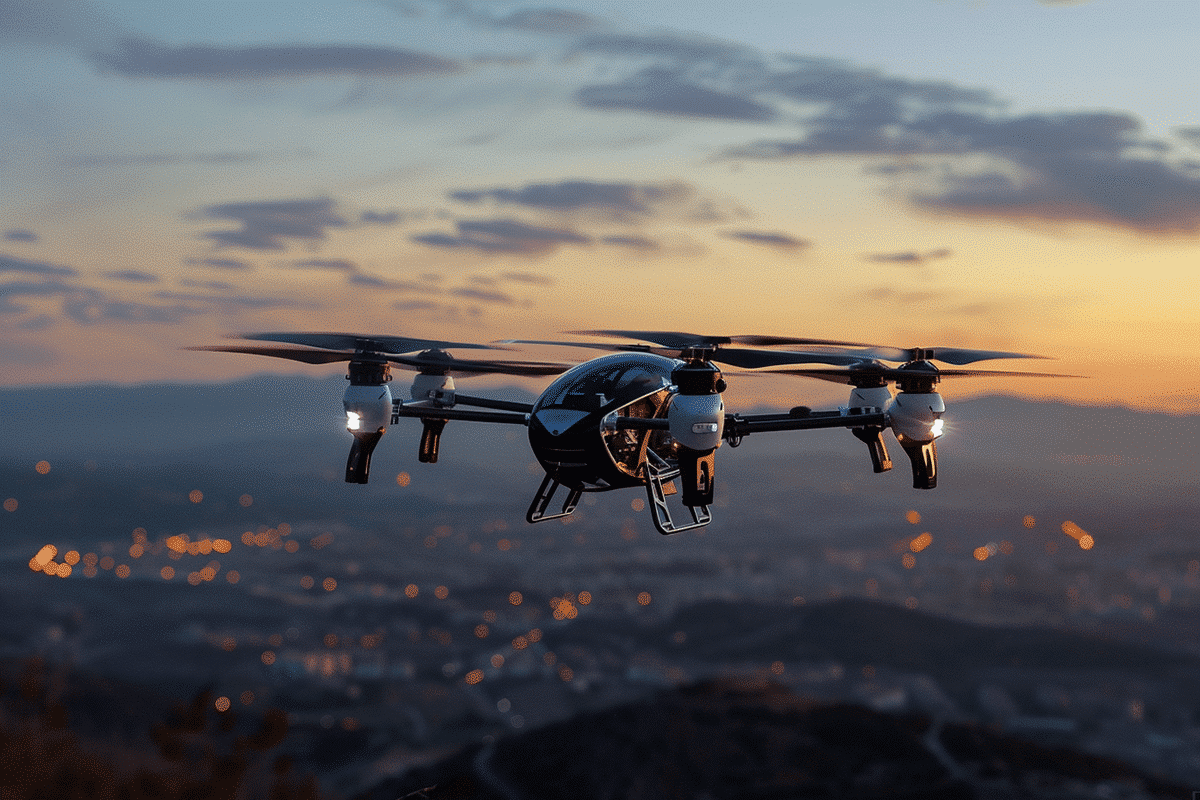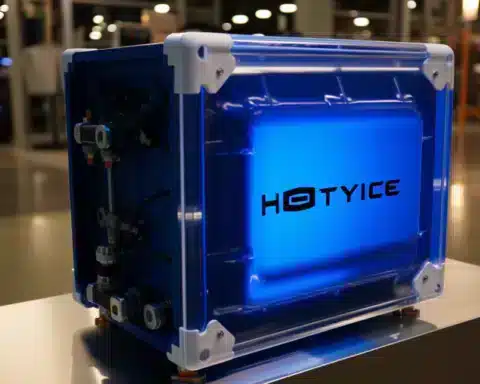In a groundbreaking achievement for sustainable aviation, Joby Aviation has successfully tested a pioneering hydrogen-electric air taxi, setting a new record for the longest flight without emissions. The innovative aircraft, a modified electric vehicle equipped with six rotors, soared 840 kilometers (523 miles) over California, demonstrating its remarkable capabilities and potential to transform regional travel.
This milestone marks the first forward flight of a hydrogen-powered vehicle capable of vertical take-off and landing. The air taxi’s exceptional range was highlighted by its ability to complete the flight with 10 percent of its fuel remaining. Unlike traditional aircraft, this hydrogen-electric vehicle emits only water, making it a significant step forward in the quest for cleaner air travel.
Joby Aviation, known for its advancements in battery-electric air taxis, has now expanded its technological horizons by incorporating hydrogen-electric power. The vehicle’s design includes storage for 40 kilograms (88 pounds) of liquid hydrogen, which is fed into a fuel cell system. This system generates electricity, water, and heat, propelling the aircraft while ensuring zero emissions. Additionally, the aircraft is equipped with batteries that provide extra power during take-off and landing, enhancing its efficiency and performance.
The implications of this successful test flight extend beyond mere technological advancement. It signals a future where regional air travel could be revolutionized, eliminating the need for traditional airport infrastructure and significantly reducing environmental impact. Imagine a world where flying from San Francisco to San Diego, Boston to Baltimore, or Nashville to New Orleans is not only convenient but also environmentally friendly, with water as the sole emission.
Joby Aviation is on the cusp of a new era in air travel. The company plans to commence commercial flights of its battery-electric air taxi next year. However, the hydrogen-electric version will require further testing and regulatory approval before it becomes available for passenger trips. This phased approach ensures that both versions of the air taxi meet rigorous safety and performance standards.
The recent test flight is a testament to Joby’s commitment to innovation and sustainability. By leveraging hydrogen-electric technology, the company aims to redefine regional travel, making it cleaner and more efficient. The success of this project underscores the potential of hydrogen as a viable and sustainable fuel source for the aviation industry.
As the world grapples with the challenges of climate change, advancements like Joby Aviation’s hydrogen-electric air taxi offer a glimpse into a more sustainable future. The aviation industry, a significant contributor to global emissions, stands to benefit immensely from such innovations. By reducing reliance on fossil fuels and minimizing environmental impact, hydrogen-powered aircraft could play a crucial role in achieving global sustainability goals.
Joby Aviation’s achievements are not just a technical triumph; they are a beacon of hope for a greener future. The company’s relentless pursuit of sustainable solutions is paving the way for a new era of air travel, where efficiency, convenience, and environmental responsibility coexist.
Joby Aviation’s record-breaking flight of a hydrogen-electric air taxi is a monumental step towards revolutionizing air travel. The aircraft’s impressive range, zero emissions, and innovative design highlight the potential of hydrogen technology in transforming the aviation industry. With plans to introduce commercial flights in the near future, Joby Aviation is at the forefront of a movement towards cleaner, more sustainable air travel. As testing and development continue, the world eagerly anticipates the day when hydrogen-electric flights become a reality, offering a cleaner, greener way to connect cities and regions.


